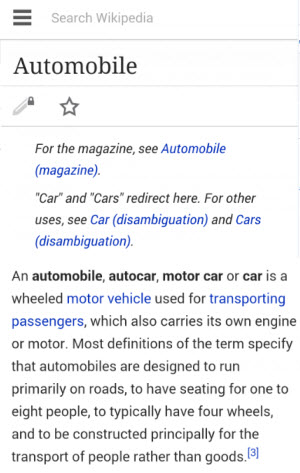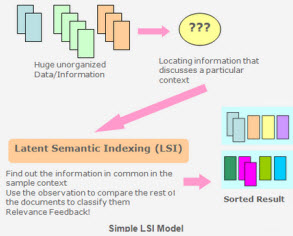Webmasters and SEO Gurus regularly seek new methods to optimise their web properties and content for Google. What if I were to tell you, there is actually an old system used by Google’s algorithm to better evaluate and rank your content. Could you imagine an old SEO method working in the new digital era?
To better clarify this concept, I often compare Google to a public library that shelves thousands of books, some smaller than others, some with enticing covers and rich content and other well, not so much. The comparison between the two is very much alike. If webmasters try to use this analogy and visualise books as their web properties, you will then be able to grasp a crystal clear understanding of what type of “Book” you will need to write for Google.
Kickin’ it old school to leverage the SEO System is known as Latent Semantic Indexing (LSI), a method that helps you tie and relate your website and online content together. LSI does this by utilizing “key phrases”, created using variations of acronyms and synonyms to reinforce main keywords you’re trying to target. Doing this creates signals and attracts Google Bots to crawl and present in relation to primary key-terms selected to drive search results. Once discovered and verified by Google, relevant peripheral key phrases route results to content relevant to the primary key-term used.
An effective example of LSI in application is the use of such key phrases as “Autocar”, “motor car”, “motor vehicle”, “car” to support the primary keyword “automobile”. The above listed key phrases would essentially locate searchers back to content related to the primary keyword automobile.
In another example, Wikipedia takes advantage of this strategy to contribute additional information to their users. Searching for the phrase “automobile”, Wikipedia returns to us this result* for Automobile:
As you can see, as I type the key phrase “Automobile”, Wikipedia displays related “LSI” keywords associated with the primary keyword optimising the results presented. . The result: Improved content quality and relevancy in results; a winning combination for both readers and Google. By optimising your SEO program with strong LSI you’ll improve your content, increase results relevancy and earn your brand the recognition it deserves!
Source: http://www.optimizationtheory.com/lsi-keyword-terms-for-seo/
* click on images to enlarge sample
Interested in finding out more? Contact DAC today!






